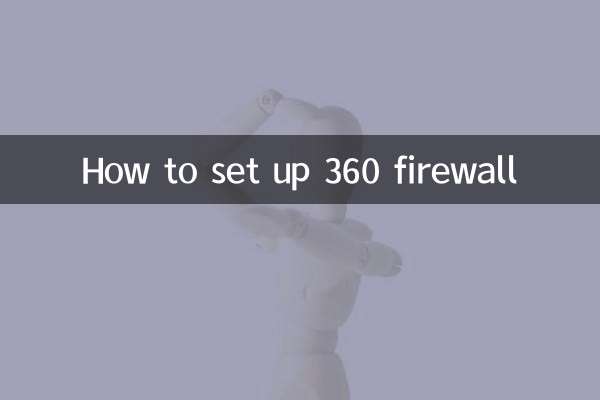How to screen for new coronavirus
As the new coronavirus continues to mutate and spread, screening has become a key link in epidemic prevention and control. This article will combine the hot topics and hot content on the Internet in the past 10 days to introduce in detail the screening methods, processes and related data of the new coronavirus to help the public better understand and participate in epidemic prevention and control.
1. Main methods of COVID-19 screening

Currently, screening for the new coronavirus is mainly divided into three methods: nucleic acid testing, antigen testing and antibody testing. Here is a comparison of the three methods:
| Detection method | Detection principle | Detection time | Accuracy | Applicable scenarios |
|---|---|---|---|---|
| Nucleic acid amplification testing | Detect viral RNA | 4-6 hours | High (about 95%) | Diagnosis, large-scale screening |
| Antigen test | Detect viral proteins | 15-30 minutes | Medium (about 70%-80%) | Rapid screening, home self-test |
| Antibody testing | Detecting the body’s immune response | 1-2 hours | Low (about 50%-60%) | Retrospective investigation, vaccination effectiveness evaluation |
2. COVID-19 screening process
The COVID-19 screening process usually includes the following steps:
1.Pre-examination and triage: At medical institutions or screening points, staff will conduct body temperature measurements and epidemiological investigations on the subjects to initially determine whether there is a risk of infection.
2.sample collection: Depending on the testing method, nasopharyngeal swabs, oropharyngeal swabs or blood samples are collected. Nucleic acid testing usually uses nasopharyngeal swabs, while antigen testing often uses oropharyngeal swabs.
3.Laboratory testing: The sample is sent to a laboratory for testing. Nucleic acid testing requires professional PCR equipment, while antigen testing can be completed on-site.
4.Results feedback: Test results are usually notified to the subject via text message, health code or phone call within 24 hours.
3. Recent hot spot screening data
The following is the screening data statistics of some areas in the past 10 days:
| area | Number of people screened | Number of positives | Positive rate | Main detection methods |
|---|---|---|---|---|
| Beijing | 1,200,000 | 1,500 | 0.125% | Nucleic acid amplification testing |
| Shanghai | 800,000 | 900 | 0.112% | Antigen detection + nucleic acid detection |
| Guangzhou City | 1,500,000 | 2,000 | 0.133% | Nucleic acid amplification testing |
4. How to improve screening efficiency
1.Promote antigen self-testing: Antigen testing is easy to operate and fast, suitable for home self-testing and rapid screening, and can effectively reduce the pressure on medical institutions.
2.Optimize sampling point layout: Add temporary sampling points in communities, schools, enterprises and other places to facilitate the public to conduct testing nearby.
3.Strengthen information management: Real-time updating and sharing of test results through health codes and big data platforms to improve screening efficiency.
5. Public Attention
1.Cooperate with screening: Actively participate in nucleic acid testing or antigen testing and truthfully provide personal information and itinerary.
2.Take protection: Wear a mask during the screening process, maintain social distance, and avoid cross-infection.
3.Follow the results: Check the test results in a timely manner. If you find positive, you should report it immediately and cooperate with isolation treatment.
COVID-19 screening is an important means of epidemic prevention and control. Through scientific and efficient screening methods, we can promptly detect infected people, interrupt the chain of transmission, and jointly protect health and safety.

check the details

check the details